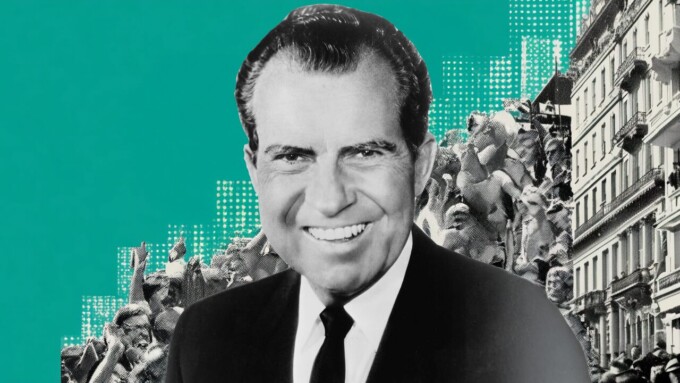Summary: Thanksgiving has never been more affordable. Though nominal prices have risen over the decades, nominal wages have risen much faster, meaning today’s workers spend far less time earning their holiday meal than previous generations did. Thanks to innovation, productivity, and economic freedom, abundance has grown even as the population has increased.
Since 1986, the American Farm Bureau Federation (AFBF) has conducted an annual price survey of food items found in a typical Thanksgiving Day dinner. The items on this shopping list are intended to feed a group of 10 people, with plenty of leftovers. The list includes a turkey, a pumpkin pie mix, milk, a vegetable tray, bread rolls, pie shells, green peas, fresh cranberries, whipping cream, cubed stuffing, sweet potatoes, and several miscellaneous ingredients.
What has happened to the price of a Thanksgiving Day dinner over the past 39 years? The AFBF reports that in nominal terms, the price rose 92 percent, from $28.74 in 1986 to $55.18 in 2025. However, since we buy things with money but pay for them with time, we should analyze the cost of a Thanksgiving Day dinner using “time prices.” To calculate the time price, we divide the nominal price of the meal by the nominal hourly wage rate. That gives us the number of work hours required to earn enough money to feed 10 guests.
According to the Bureau of Labor Statistics, the blue-collar hourly wage rate has increased 251.2 percent, from $8.92 per hour in 1986 to $31.33 per hour in 2025. Remarkably, hourly wages for entry-level workers have increased even faster—from $4.72 to $18.75 per hour, or 297.2 percent.
Remember that when wages increase faster than prices, time prices decrease. As the figure below shows, the blue-collar time price of a Thanksgiving dinner for 10 people has dropped 45.3 percent, from 3.22 hours in 1986 to 1.76 hours today, the lowest time price on record. Today, an individual blue-collar worker enjoys a Thanksgiving dinner for the “time price” of 10.6 minutes compared with 19.3 minutes in 1986.

Given that the time price of a Thanksgiving dinner decreased by 45.3 percent, a blue collar worker now gets 83 percent more dinner for the same time it took him to earn the money to buy one dinner back in 1986.
Upskilling Workers
Most people don’t begin their careers as blue-collar workers and remain there for 40 years. Imagine starting as an entry-level worker in 1986 earning $4.72 per hour. If, over the past four decades, you have upskilled and advanced to the US average wage of $36.53 per hour, your nominal wages would have risen 673.9 percent. A Thanksgiving dinner for 10 that required 6.1 hours of work in 1986 now takes just 1.51 hours. The time price has fallen 75.2 percent. For the time it once took to buy a single Thanksgiving dinner, an upskilling worker can now buy 4.03 dinners. Personal abundance has risen by 303.1 percent. The table below summarizes the changes in prices and wage rates:

Population-Level Abundance
To see how food prices relate to population growth, imagine providing a Thanksgiving dinner for every person in the United States. In 1986, with a population of 240 million, feeding the nation at blue-collar wage rates would have required 77.5 million hours of work. By 2025, the population has grown 42.5 percent to 342 million—but over that same period, the time price of Thanksgiving dinners fell by 45.3 percent. As a result of those changes, feeding the entire country in 2025 would require only 60.4 million hours of blue-collar work. That’s 17.1 million fewer hours—a 22.1 percent decrease.
Malthus and Thanos would be confounded. And Paul Ehrlich? One suspects he’d rather not discuss it.
Thanksgiving is a great time to be grateful for the freedom to innovate and for all those who work so hard to transform scarcities into abundances.
Find more of Gale’s work at his Substack, Gale Winds.





